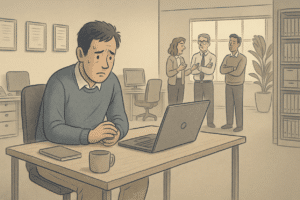
Is Someone with Schizoaffective Disorder Dangerous?
Learn the truth about schizoaffective disorder and danger—research shows most people with this condition aren’t violent but need proper treatment.
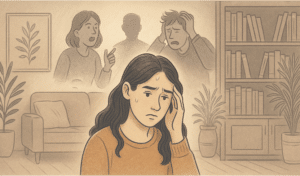
12 Early Signs of Schizoaffective Disorder
Discover the early warning signs of schizoaffective disorder and learn when to seek help—early recognition can transform treatment outcomes and recovery.
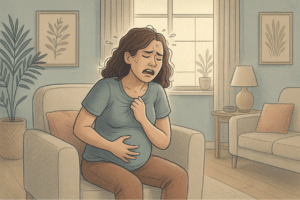
Panic Attacks During Pregnancy: What To Do
Learn about safe, effective strategies to manage panic attacks during pregnancy and when to seek professional help.
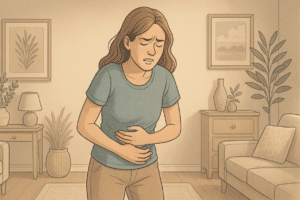
Panic Attacks & IBS: Is There a Connection?
Identify the biological connection between panic attacks & IBS and learn proven treatment strategies to break this challenging cycle.

Why Do Panic Attacks Happen for No Reason?
Learn why panic attacks seem random and about proven treatment strategies to regain control at AMFM’s specialized panic disorder programs.
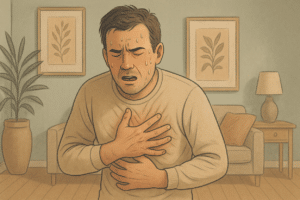
5 Heart Conditions That Mimic Panic Attacks
Learn how 5 heart conditions mimic panic attacks and about the key differences that could save your life through proper diagnosis




